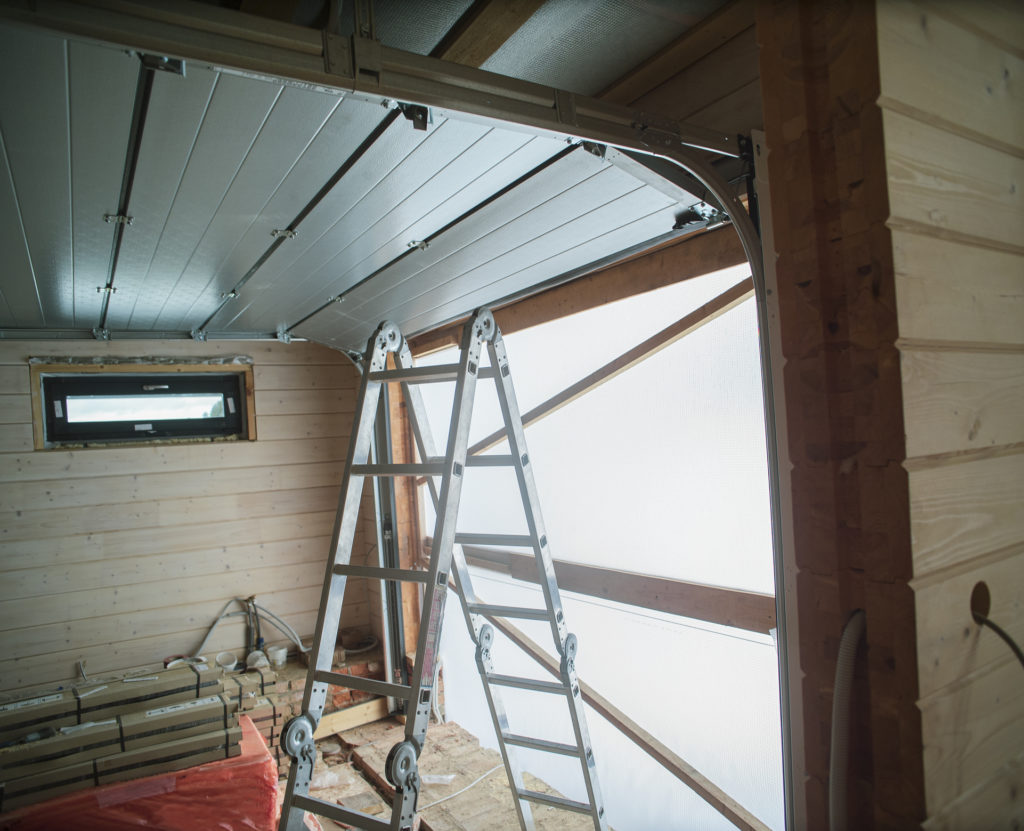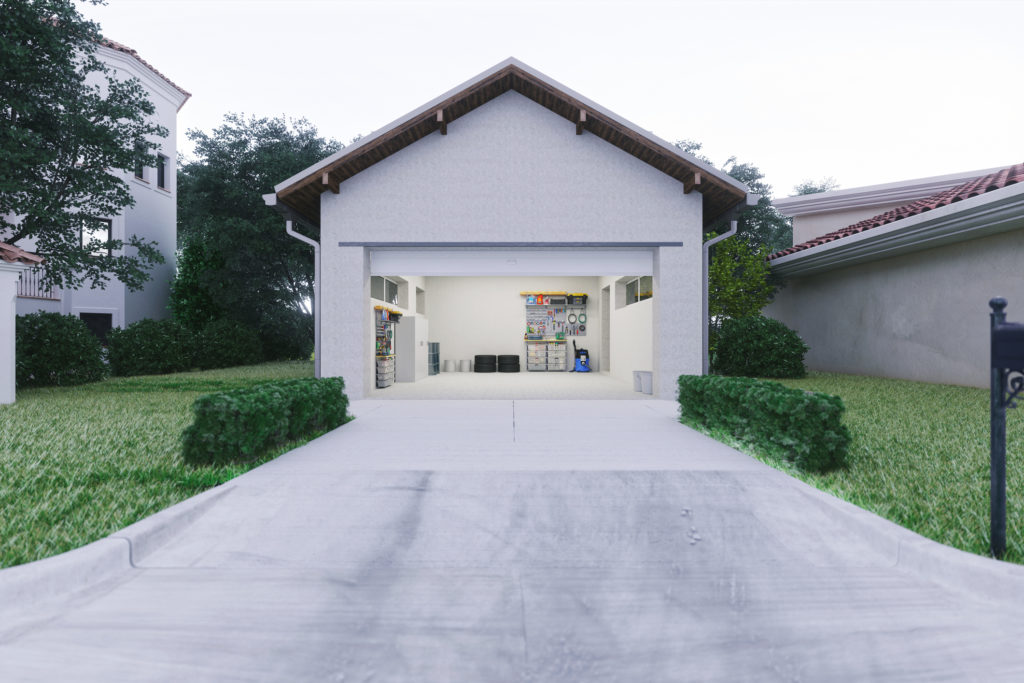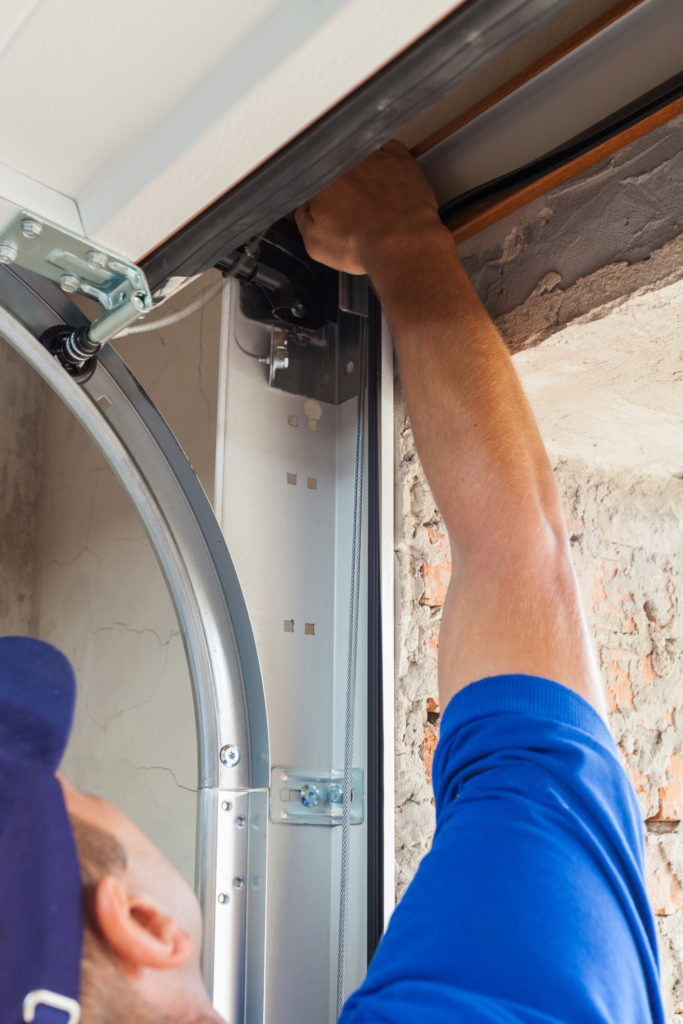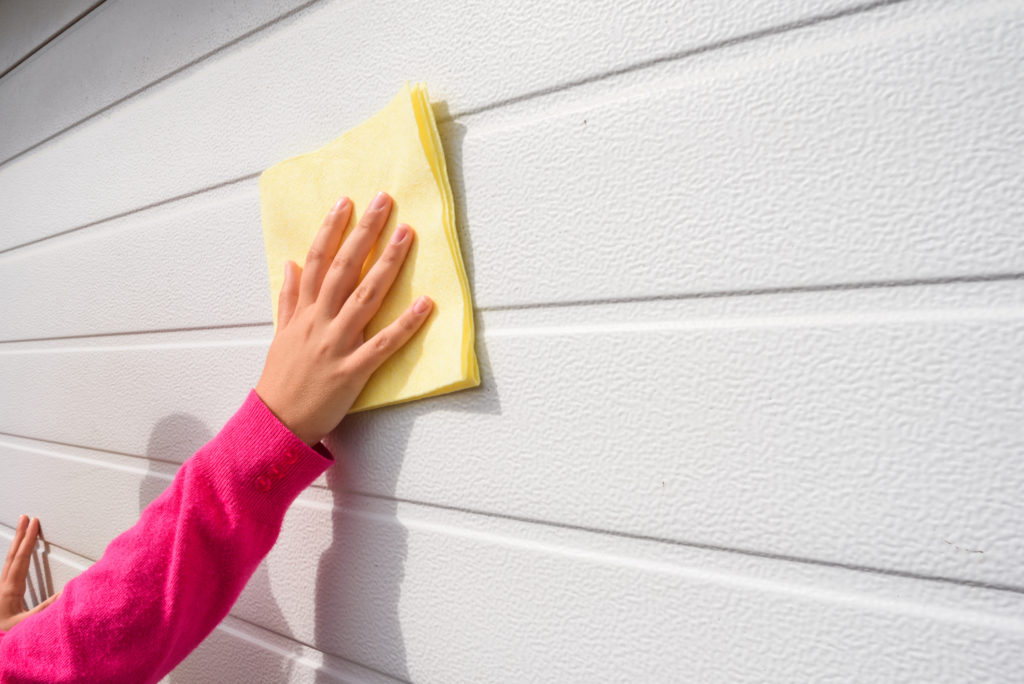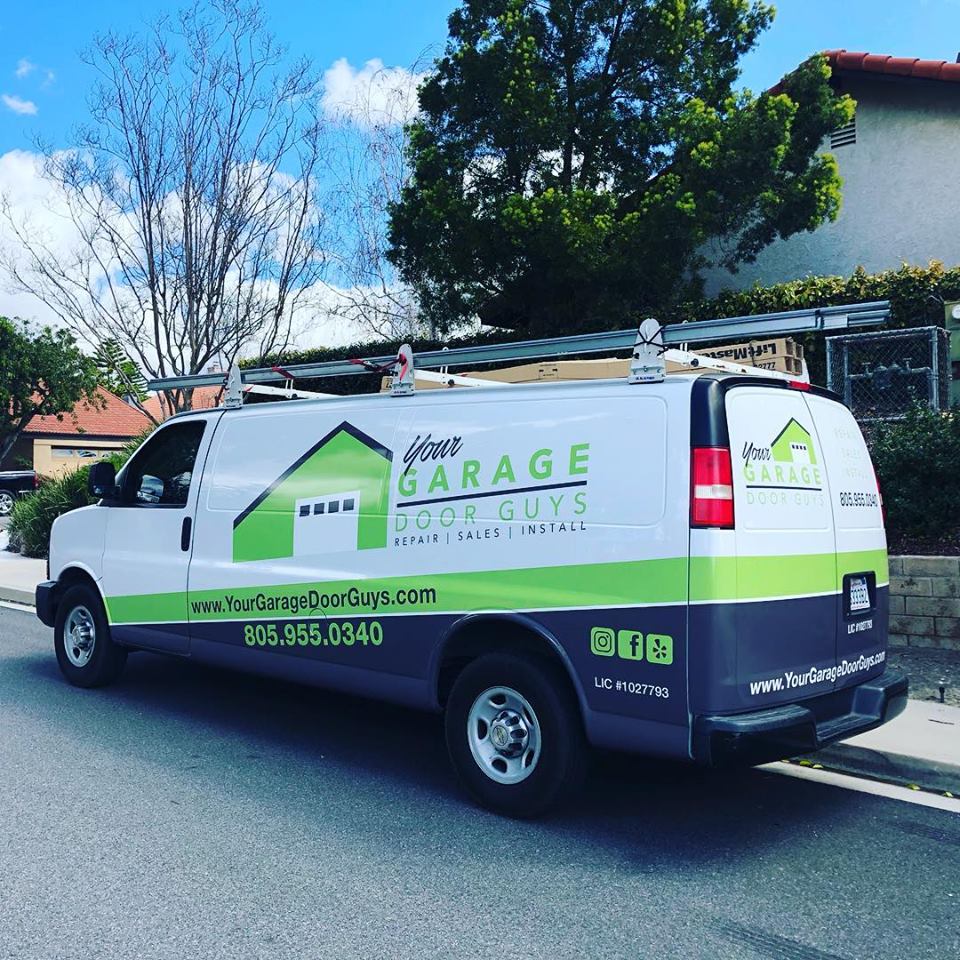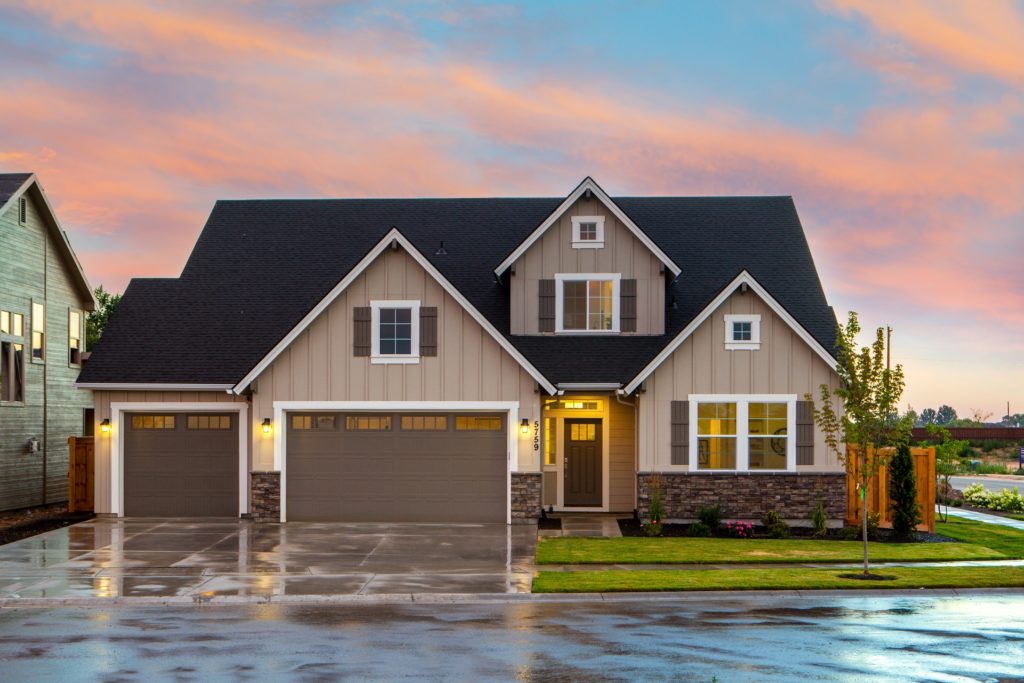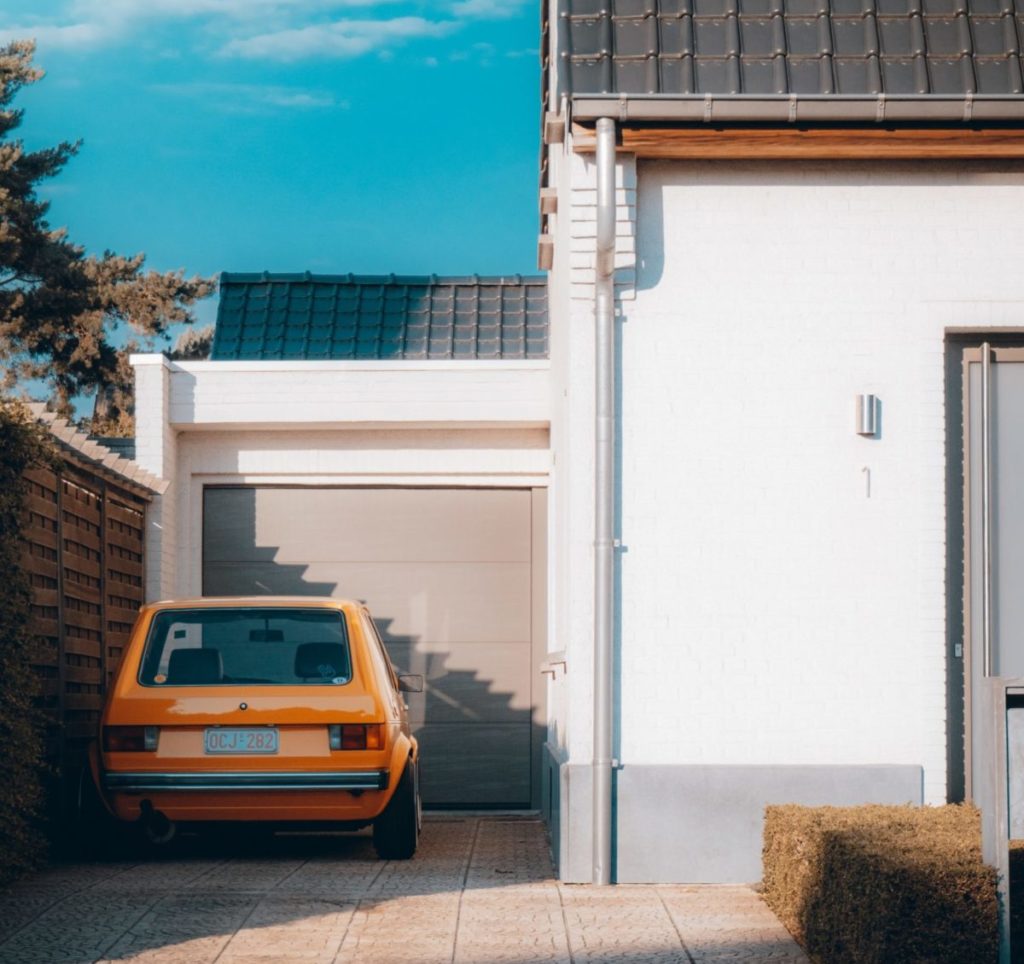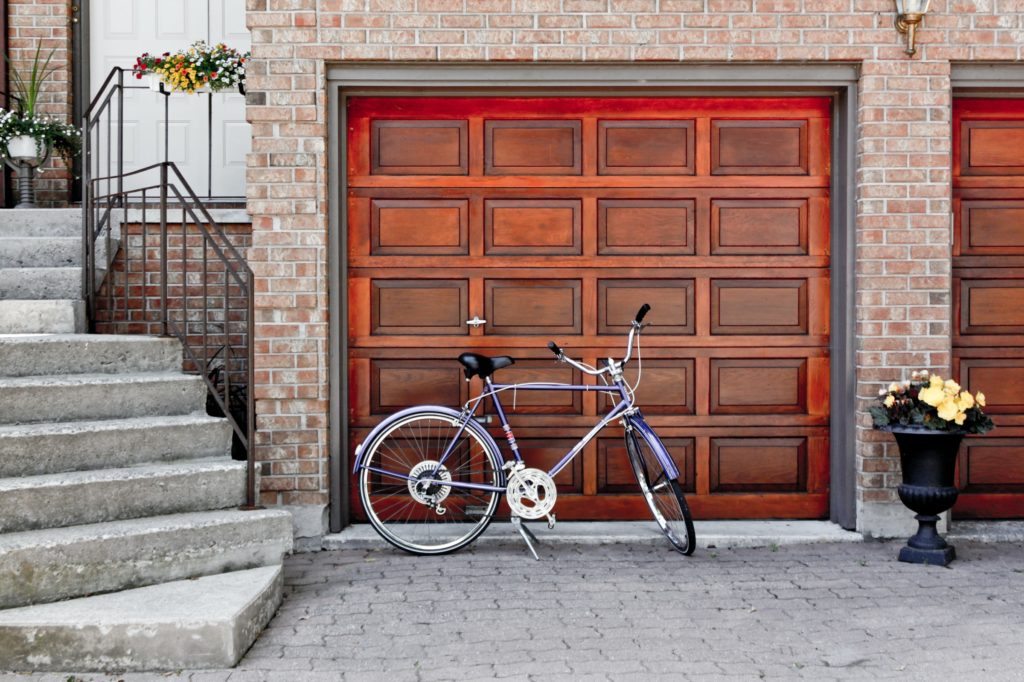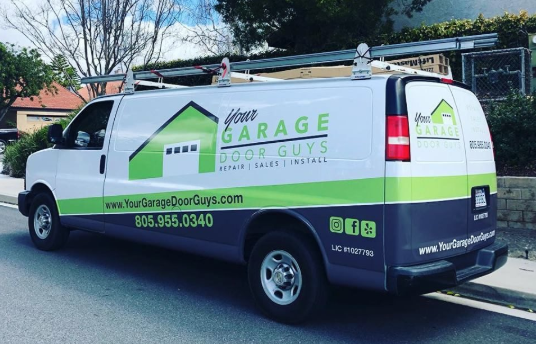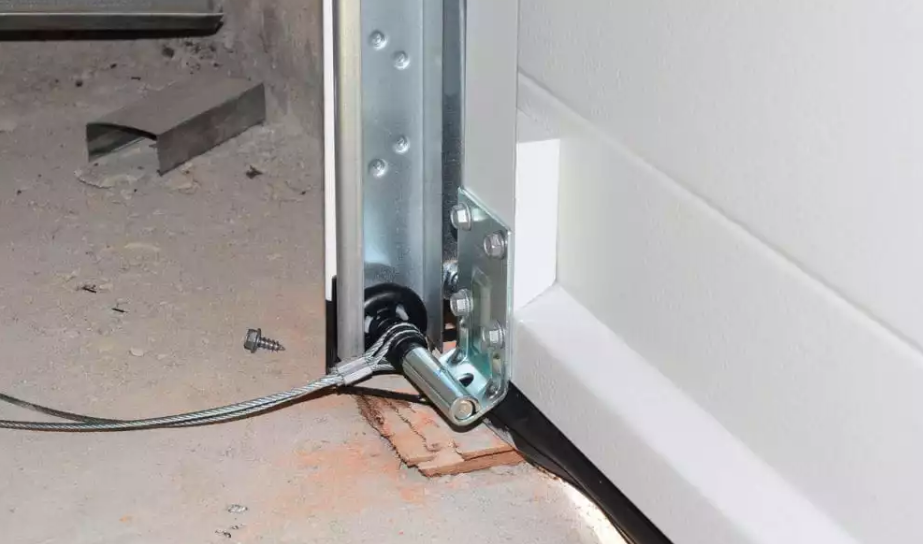Like everything else in your home, your garage door needs to be well maintained. When you take good care of it, you’ll prolong its lifespan and ensure that any issues are kept to a minimum. The best part is that you can do much of the basic maintenance yourself. Here are our top 7 garage […]
7 Garage Door Maintenance and Repair Tips
